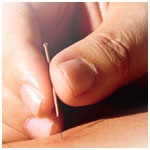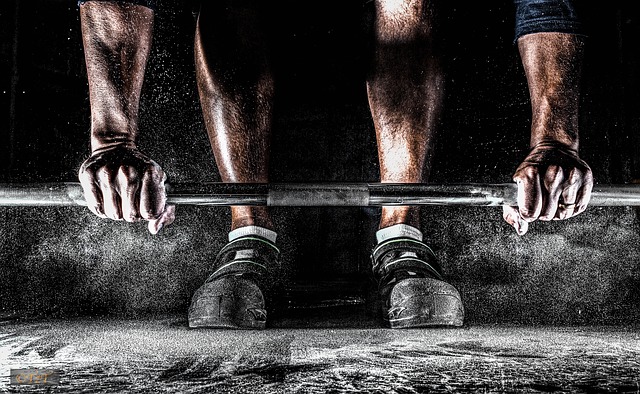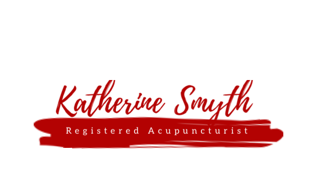 Acupuncture, Intramuscular stimulation (IMS), dry needling…what’s the difference? It can all be very confusing. Acupuncture is defended as a system that involves inserting needles into the body at various locations. IMS can also be called dry needling and uses acupuncture needles to treat pain.
Acupuncture, Intramuscular stimulation (IMS), dry needling…what’s the difference? It can all be very confusing. Acupuncture is defended as a system that involves inserting needles into the body at various locations. IMS can also be called dry needling and uses acupuncture needles to treat pain.
- Who came first?
Intramuscular Stimulation is not a new treatment. The technique used in IMS is derived from Traditional Chinese Medicine (TCM). In TCM these techniques have been used by acupuncturist and TCM doctors for over 5000yrs. These techniques involve inserting the needles to a various depth and quickly removing them.
- Needle Location
 IMS is primarily directed at myofascial trigger points that are defined as “hyperirritable spot in skeletal muscle that are associated with a hypersensitive palpable point in a taut band. Traditional acupuncture use points located along meridians and have very specific location based on surface anatomy. Many of these traditional points fall on the myofascial trigger points. Acupuncturist not only learn the traditional acupuncture points but also learn many other points such as extra points, trigger points, motor points, scalp points, and auricular points. This gives an acupuncturist many different skills to make a unique treatment prescription fit for each patient.
IMS is primarily directed at myofascial trigger points that are defined as “hyperirritable spot in skeletal muscle that are associated with a hypersensitive palpable point in a taut band. Traditional acupuncture use points located along meridians and have very specific location based on surface anatomy. Many of these traditional points fall on the myofascial trigger points. Acupuncturist not only learn the traditional acupuncture points but also learn many other points such as extra points, trigger points, motor points, scalp points, and auricular points. This gives an acupuncturist many different skills to make a unique treatment prescription fit for each patient.
- Types of Needles
 Acupuncturist, physiotherapist and other health practiotioner use all the same acupuncture needles. The size of the needle, type of needle, length of needle will all vary from practitioner to practitioner. The length of the needle will vary on the point chosen on the body. Other needle variables will change depending on conditions being treated, patient’s sensitivity to needles, practitioner style and prefance.
Acupuncturist, physiotherapist and other health practiotioner use all the same acupuncture needles. The size of the needle, type of needle, length of needle will all vary from practitioner to practitioner. The length of the needle will vary on the point chosen on the body. Other needle variables will change depending on conditions being treated, patient’s sensitivity to needles, practitioner style and prefance.
- Differences in Training?
 When it comes to knowledge of the human body acupuncturist and other health practitioners have similar training. Acupuncturists have to study intensive western medicine along with their intensive needle technique, internal medicine, theory and diagnosis. The actual needle technique and clinical hours of schooling is where things vary from acupuncturist to other health care practitioners. Check out the CTCMA for more information.
When it comes to knowledge of the human body acupuncturist and other health practitioners have similar training. Acupuncturists have to study intensive western medicine along with their intensive needle technique, internal medicine, theory and diagnosis. The actual needle technique and clinical hours of schooling is where things vary from acupuncturist to other health care practitioners. Check out the CTCMA for more information.
- Sensation from Needles
An IMS treatment tends to be very strong stimulation and then the needle is removed once muscles tension is released. Patients tend to report IMS as being more uncomfortable because the needle is constantly moving around until the muscle tension is released.
Acupuncturists do use this type of technique when treating pain and muscle problems. However, there are many different needle techniques that an acupuncturist may use to achieve the same result making the patient more comfortable. Acupuncturist many remove a needle right away with strong stimulation or leave the needles in for 10-20 mins. with little manual manipulation. It all depends on the condition being treated and the patient’s sensitivity to treatment.



